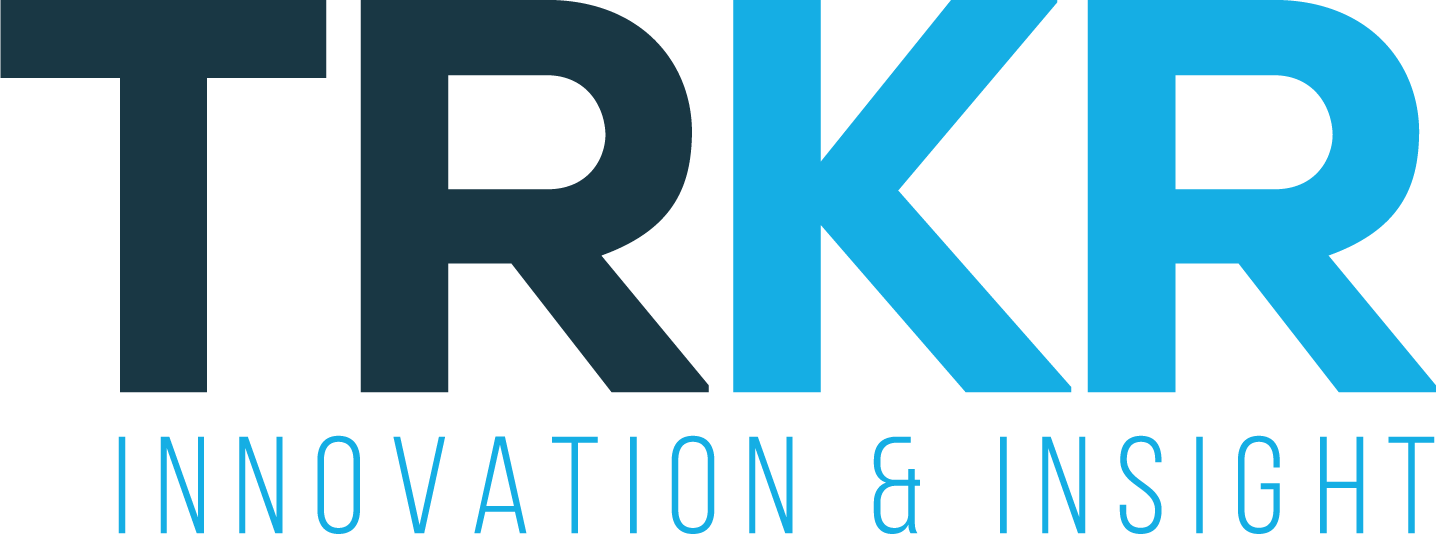EPOS and Panel data – the combination that Retail Buyers want to see
There are many things in life that go well together. Fish & Chips, Ant & Dec, Cheese & Onion….
For an FMCG supplier, whether you’re selling branded or Private Label products, the first combination that matters is Distribution & Rate of Sale. That is, getting into more stores (Distribution) combined with improving your performance per store (Rate of Sale). If you can do both, you’re onto a winner.
However, there’s another combination that matters when you’re pitching to Retail Buyers - EPOS and Panel market data.
For Buyers, their commercial objectives are mainly about:
Growing cash sales and cash margin
Growing their category volume sales faster than the total market
Growing shopper numbers and converting those shoppers into as many areas of the store as possible – incremental purchasing
Retailers such as Tesco want shoppers to visit as many aisles as possible to help drive basket spend and incremental sales
So why is using a combination of EPOS and Panel so important when presenting to a Retail Buyer?
Firstly, let’s define what we mean by EPOS data and Panel data:
EPOS, Electronic Point of Sale – this data covers all grocery items that are scanned through supermarket tills across all the main retailers and independent stores in GB. This gives you an accurate read of category and product performance right down to product level.
Consumer Panel – a large household panel that’s representative of all shoppers in GB. Grocery items are recorded by the shopper once they do their shop via a dedicated handheld scanner, or increasingly via mobile phone. This helps us understand buying behaviour, because we can see who buys what, when and how often.
If you present one of these sources, you’re often only telling half the story.
EPOS and Panel data can be used effectively together to understand key drivers within a category and opportunities to grow sales
Retail Buyers want the full story – how can they grow volume sales more effectively and sustainably versus their competitors? How can they attract more shoppers and drive footfall and conversion? The answer to these questions come from using a combination of both data sources.
Panel data will demonstrate how a category is performing, the key drivers and which brands are driving incrementality rather than switching. EPOS data will then demonstrate what’s working within the range, which products are working for and against the category within Tesco, Sainsbury’s, etc.
Like all good combinations, EPOS data and Panel data go hand in hand. More importantly, suppliers will have more chance of driving successful commercial conversations with Buyers by using both. Don’t just tell half the story!
The TRKR team will be presenting more on this at ‘The Million Club’ session in London on Friday 21st March, hosted by NIQ’s Small & Medium Business team.
If you’d like to understand more about how to combine EPOS and Panel effectively, please get in touch and we’ll show you some examples.


